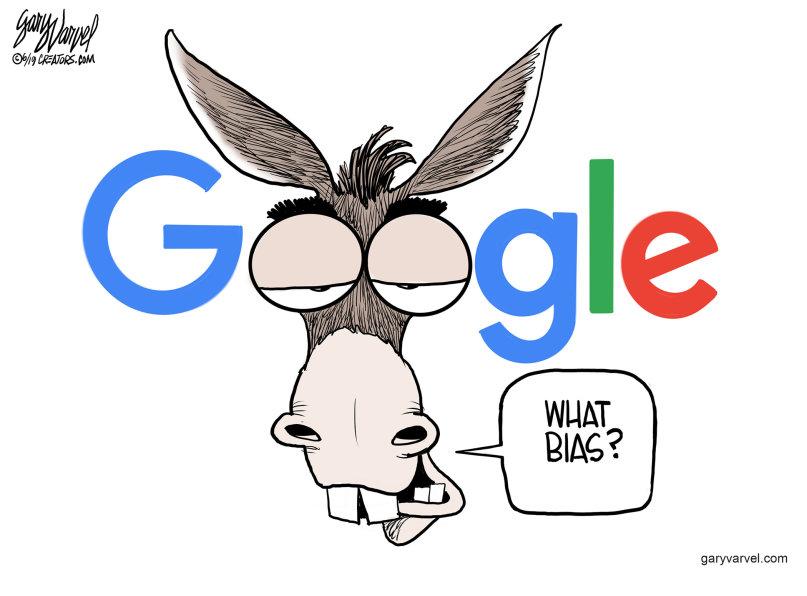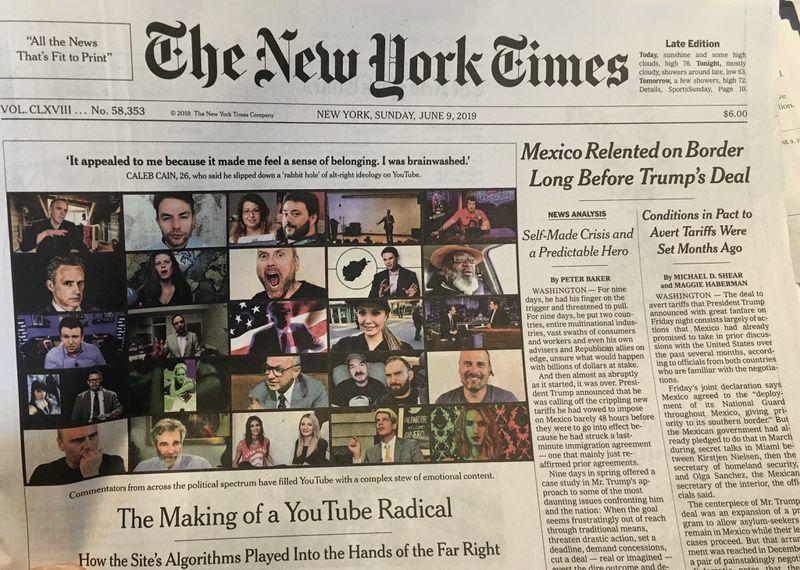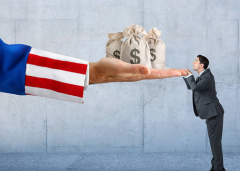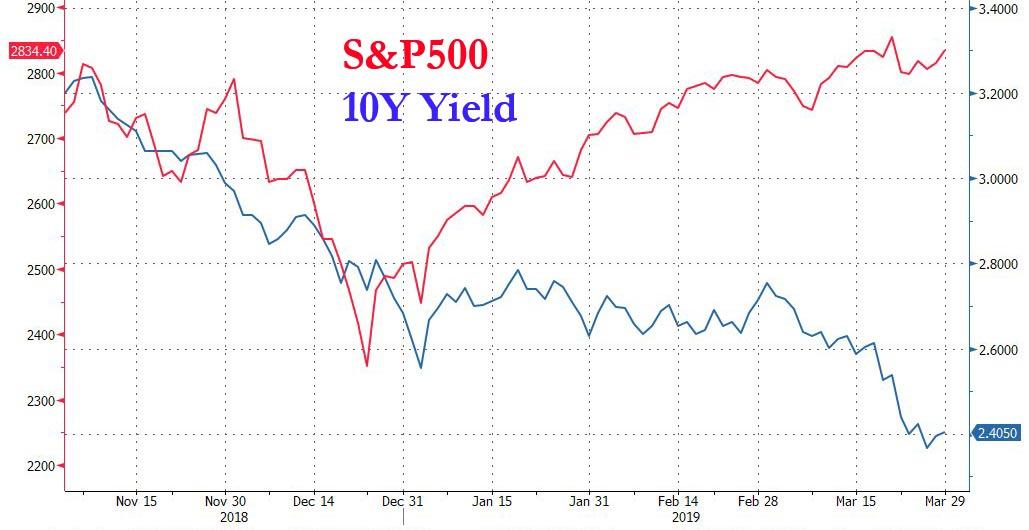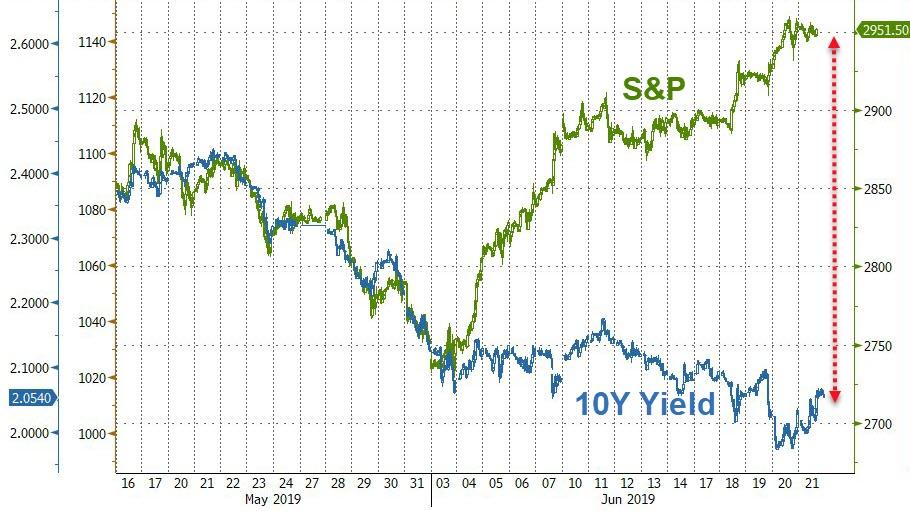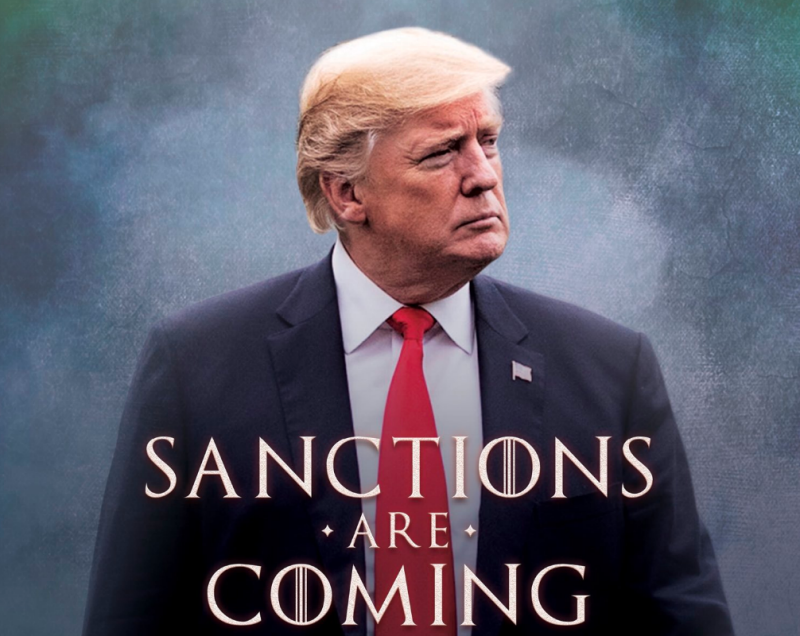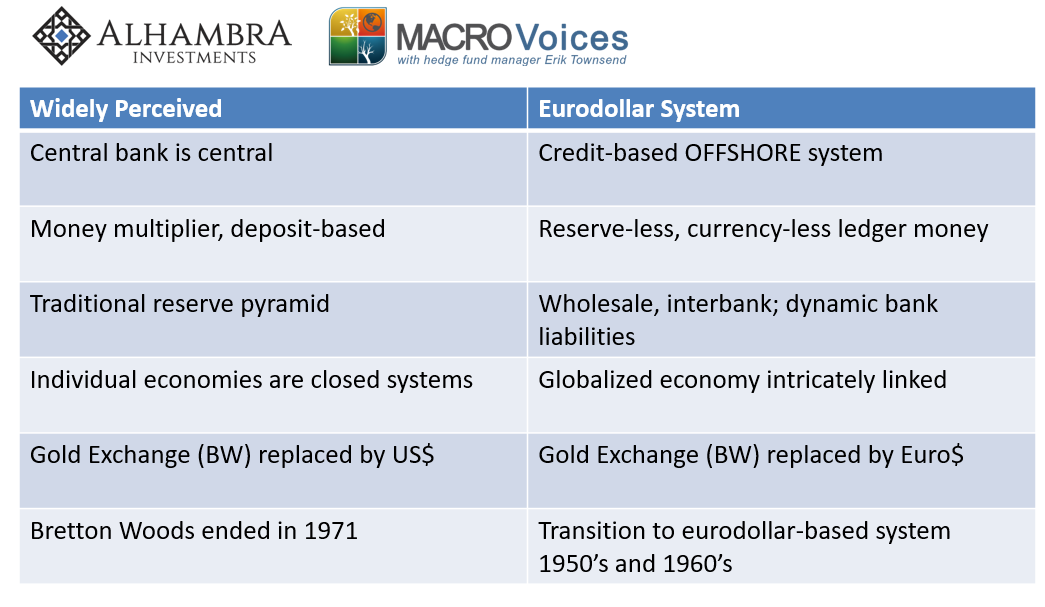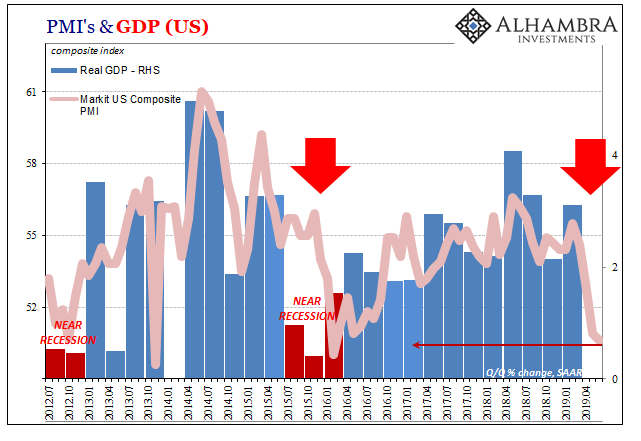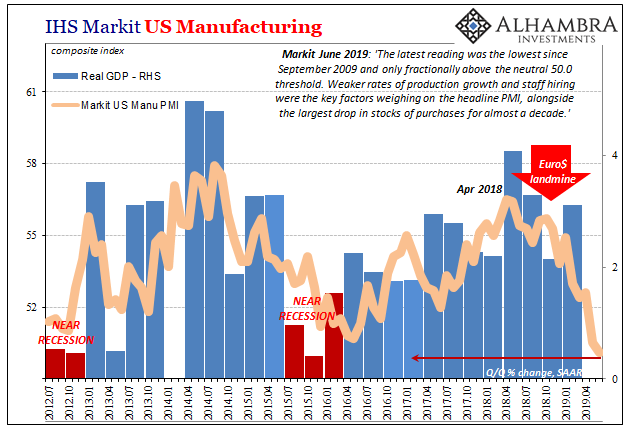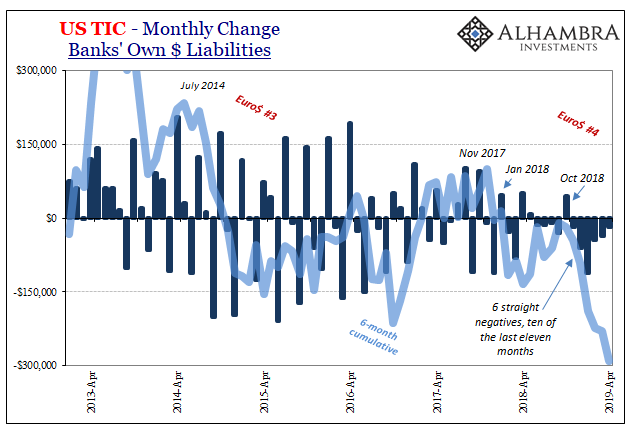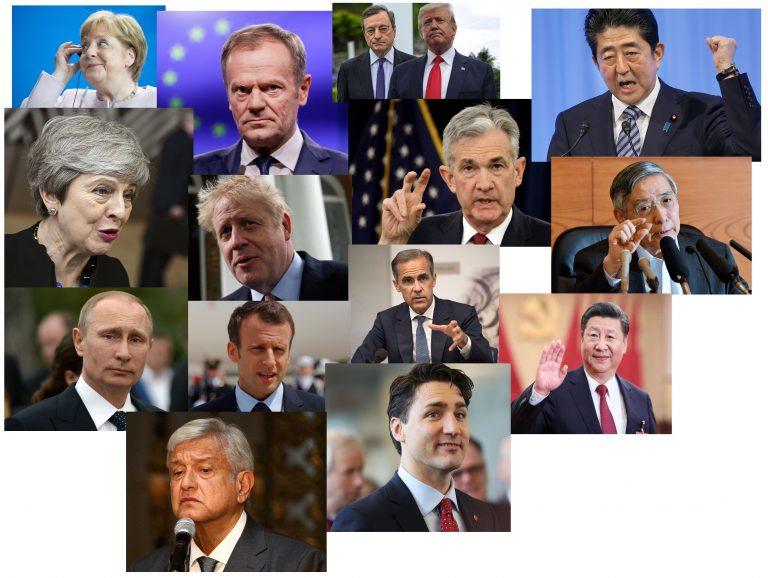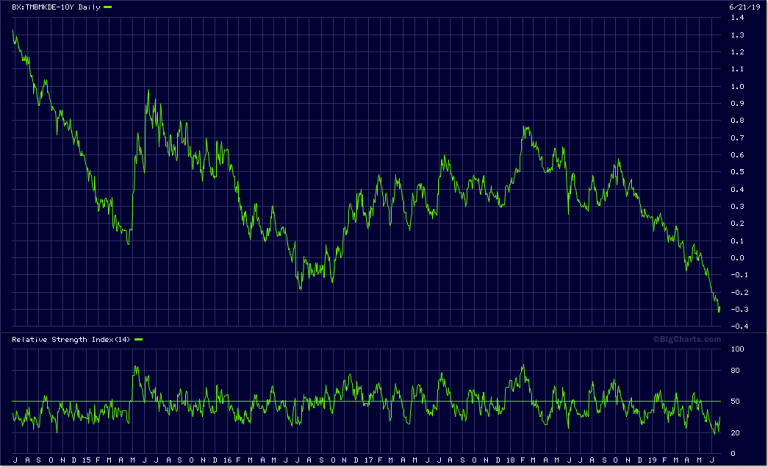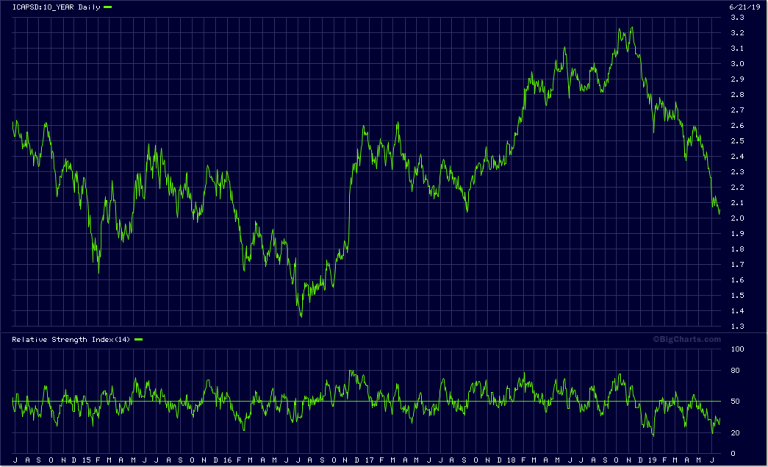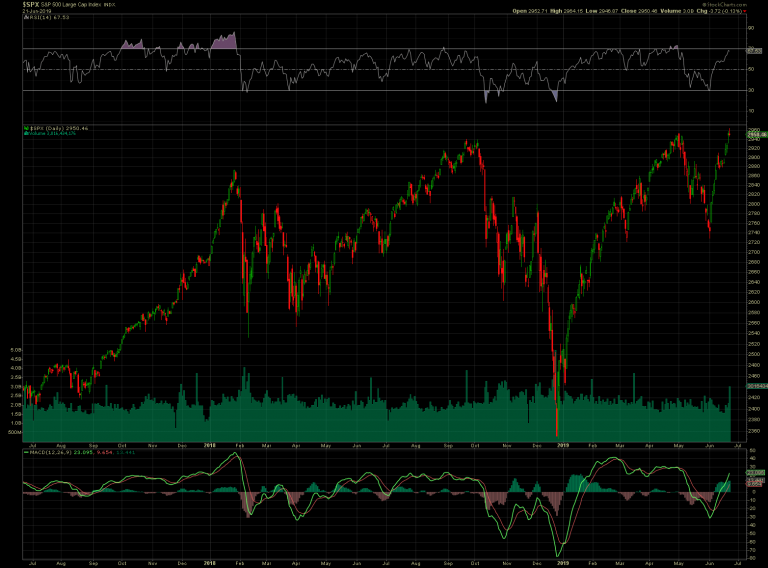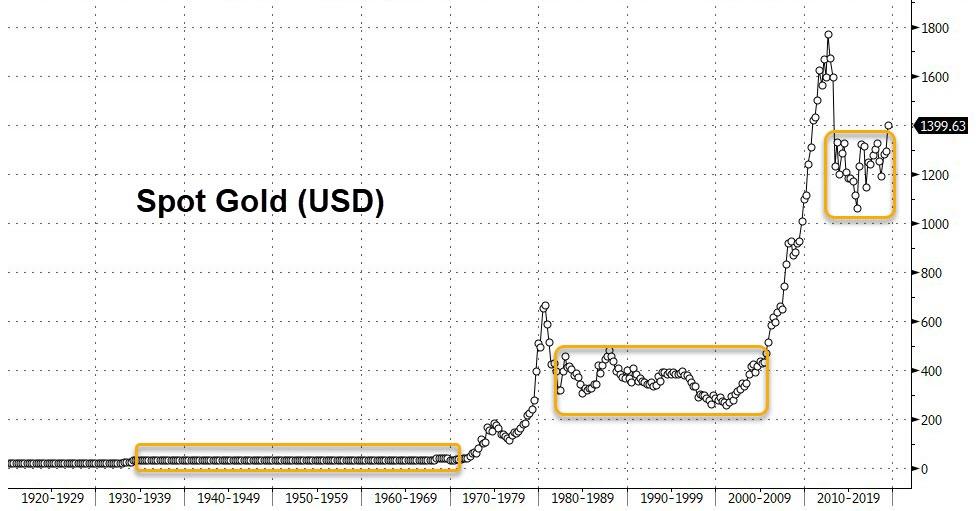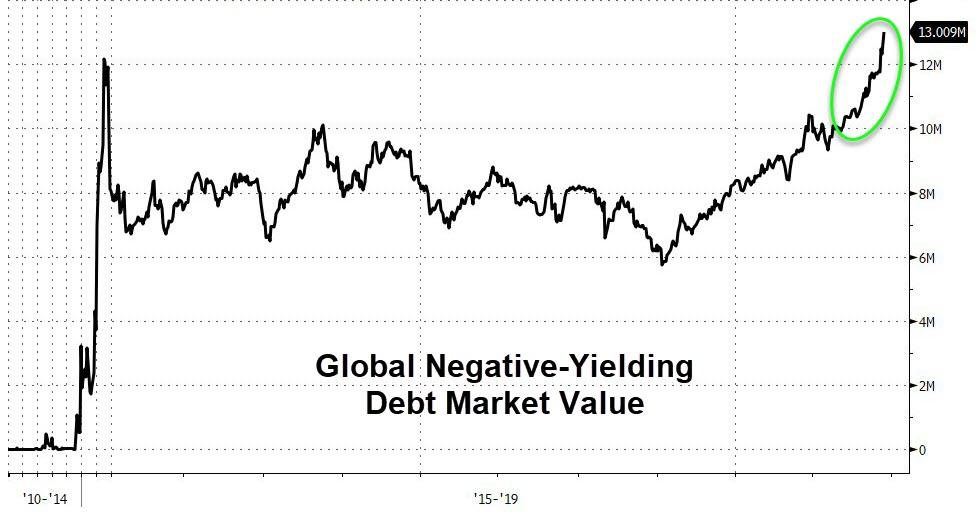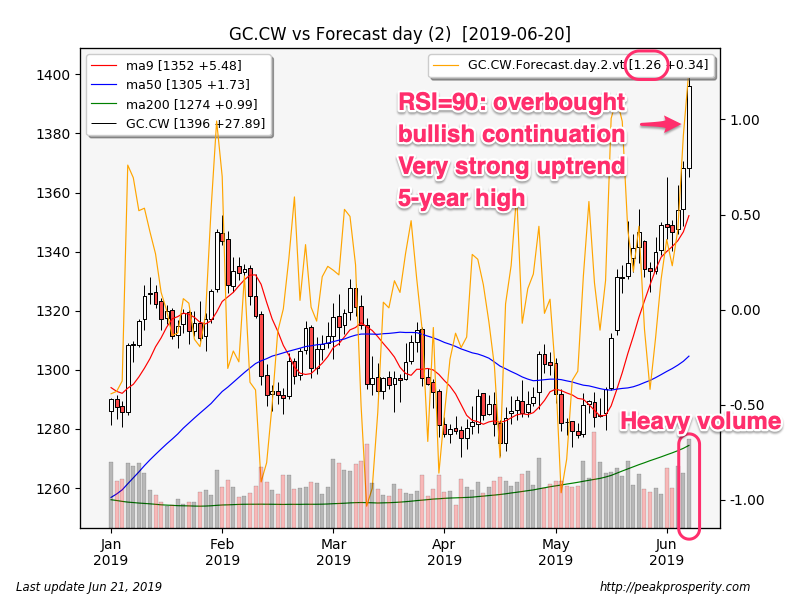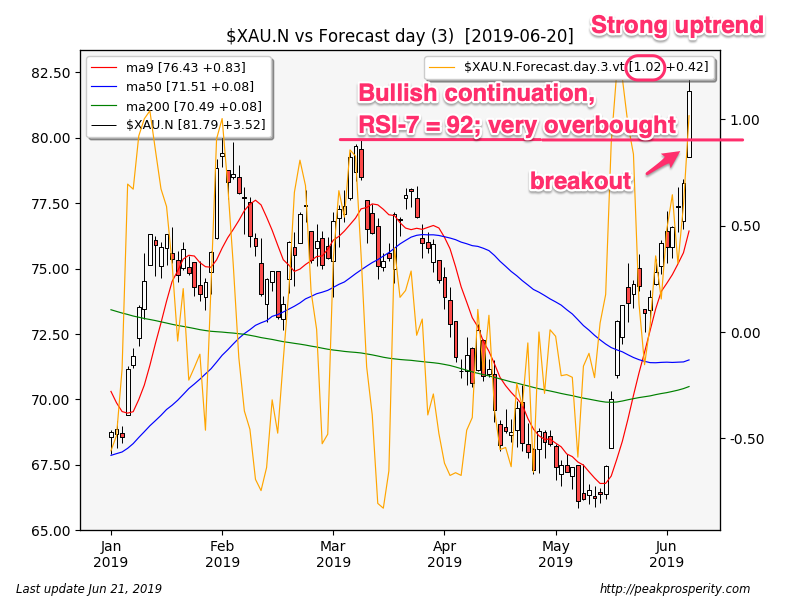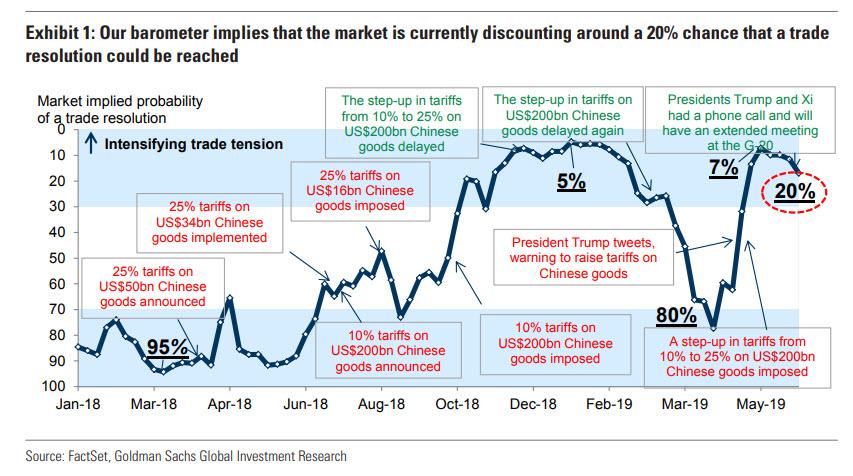Authored by Robert Bridge via The Strategic Culture Foundation,
Perhaps it was expecting too much that the tech giants would check their political allegiances at the door to ensure fairness. Instead, they have let their political affinities disrupt the process every step of the way and this is leading the country down a blind alley.
June 2019 may go down in the history books as the defining moment when the American IT giants – in cahoots with the limping ‘legacy’ media – removed their masks, as well as their gloves, revealing the real threat they have become to the institution of US democracy, fragile as it already is.
The New York Times got the ball rolling when it ran a front-page story (‘The Making of a YouTube Radical’) detailing the trials and tribulations of one tortured Caleb Cain, a college dropout who was “looking for direction” in life but instead tumbled headlong into a rabbit hole of “far-right politics on YouTube” where he eventually found himself “brainwashed” and “radicalized.”
The article, quoting “critics and independent researchers,” which I suppose could mean just about anyone, says the Google-owned platform has created “a dangerous on-ramp to extremism by combining … a business model that rewards provocative videos with exposure and advertising dollars, and an algorithm that guides users down personalized paths meant to keep them glued to their screens.”
Some people would call that the very same business model that keeps the wheels of capitalism rolling: Keep the product hot and spicy so that the consumer comes back for more. The so-called “alt-right,” however, is not serving up extremist beliefs or Nazi ideology to attract viewers, as the New York Times claims, but rather coherent arguments that challenge the tenets of modern Liberal thinking. It may shock a lot of people, but a person does not have to be a Neo-Nazi to want strong national borders, for example, and laws that prohibit children from being taught about transgender lifestyles in grade school. Yet that is exactly how the right-leaning creators are being portrayed. And it is worth noting that these conservative ‘citizen journalists’ are doing a much better job at attracting audiences than the mainstream media, which is hemorrhaging both viewers and profits.
At the same time, the Times’ article assumes many things about YouTube users, none of which are remotely flattering. First, customers of the video platform, according to the Times, lack any sort of free will and independence. Thus, when a video appears in the recommendation box the user – not unlike a helpless heroin addict – will automatically press ‘play’, thereby involuntarily becoming subjected to yet another right-wing indoctrination session. Soon enough there’s a veritable vegetable sitting in front of the computer, helpless to pull itself away from the recommended video selections.
The article also assumes, with amazing naiveté, that people could not have had uneasy feelings about some issue until a crafty content creator came along and presented it to them. That is simply absurd. Such assumptions infantilize the user, making him appear incapable of making rational judgments on everyday social and political issues. The real reason, of course, that many users find a particular video on a particular subject is because they had been searching for answers to the very questions presented. Nevertheless, it is necessary, Google believes, that these YouTube creators be demonetized and banished from the platform, lest the unsuspecting user fall prey to their dastardly ways and radicalize an entire generation to loathe open borders, marijuana, abortion, transgender lifestyles, and any other controversial issue that is dear to the heart of Liberals.
But the Times hit piece was not the only whiff of grapeshot to grab the headlines. YouTube also demonstrated that it will swiftly move to defend other social media giants when it removed a video by the undercover investigative group, Project Veritas, that showed how Pinterest suppressed conservative talking points.
James O’Keefe, Project Veritas founder, slammed YouTube’s decision in a statement posted on Twitter.
“The established media and technology are so afraid of investigative journalism they need to censor it. YouTube calls REPORTING on someone by showing their face and name, and how they added a pro-life group to a porn blacklist, a ‘privacy complaint.’ Would they do this to NYT?” he wrote.
So here we have a situation where the largest American social media companies are able to shame and ban users with impunity, while also deleting efforts by any outside agency that demonstrates their political bias.
This leads us to the crux of the matter: As the social media companies hide behind their ‘private’ corporate status in order to curb political speech on their platforms with total impunity, they are exerting, at the very same time, powerful influence on the political process. In other words, they are empowered to do the very thing that many of their platform users are not, and that is to support their political convictions without fear of reprisal, banning and censorship. They want to have their private cake and eat it too.
Needless to say, such hypocrisy and double standards on the part of the social media behemoths cannot continue in the so-called ‘land of the free.’ And with US presidential elections approaching in 2020, tensions over such arbitrary power by the social media companies will only intensify when the people come to understand their voices are being silenced. The situation may get bad enough that the question of social media freedoms will even be heard on the debate floor during the campaigns. At least we can dream; it seems to be all we have left these days.
via ZeroHedge News http://bit.ly/2RuagAW Tyler Durden
